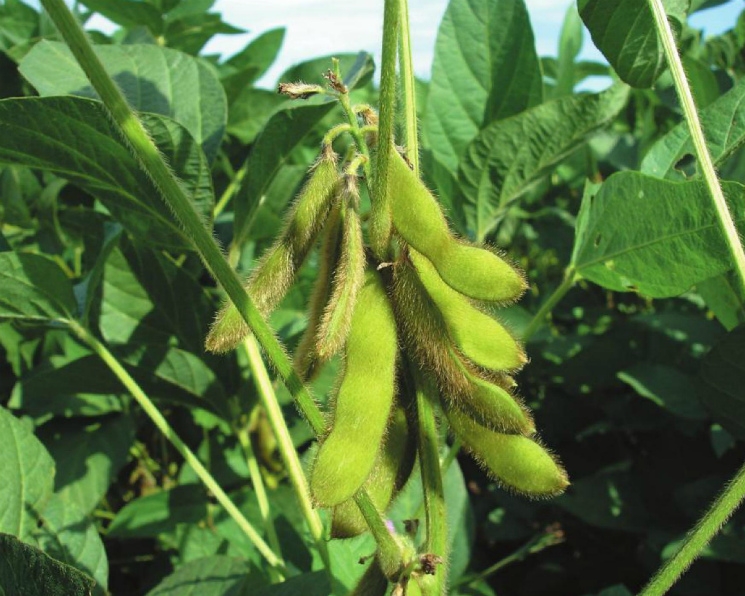Chicago soybean prices fall to lowest since 2020 amid favorable US weather

The weather favors the formation of a good soybean crop in the US, which, against the background of low soybean export rates due to high competition from sellers from South America, collapsed the quotation to the lowest level since the end of 2020.
According to Crop Progress from NASS, 44% of U.S. soybeans are already pods, which is 4% above the 5-year average. The number of soybeans in good or excellent condition fell 1% to 67% for the week, but is higher than last year's 52%.
According to MSG data, in FY 2023/24 (as of July 25), the US exported 42.76 million tons of soybeans, which is 15.3% less than the pace of the previous season. In order to reach the predicted USDA 46.3 million tons, it is necessary to ship 700,000 tons of soybeans during the 5 weeks remaining until the end of the season, which is unlikely.
The CFTC's weekly report showed that hedge funds reduced their net short position in soybeans from a record 185,660 to 163,569 contracts, and their net long position from 81,262 to 49,610 contracts, indicating pessimism among traders about possible upside in soybean prices in the coming months.
November soybean futures in Chicago fell 3.8% to $382/t in the last two sessions (-2.9% for the week, -6.7% for the month, -20% for the year).
Pressure on oil markets is intensifying the fall of September oil futures in two sessions by 3.3% to a 7-week low of $79.8/barrel (-8.7% for the month) on forecasts of a reduction in global demand.
In China, the world's second-largest consumer of crude oil, GDP in the second quarter showed the slowest growth in 5 quarters, raising concerns about further contraction in the country's energy demand.
In Ukraine, export prices for soybeans of the new harvest, following world quotations, decreased to $355-370/t with delivery to Black Sea ports, while last year at the beginning of the season they reached $410-440/t. Traders are holding back sales as some soybean crops in the central and eastern regions are suffering from heat and moisture shortages and are drying out without forming the bottom row of beans, which will reduce yields.


